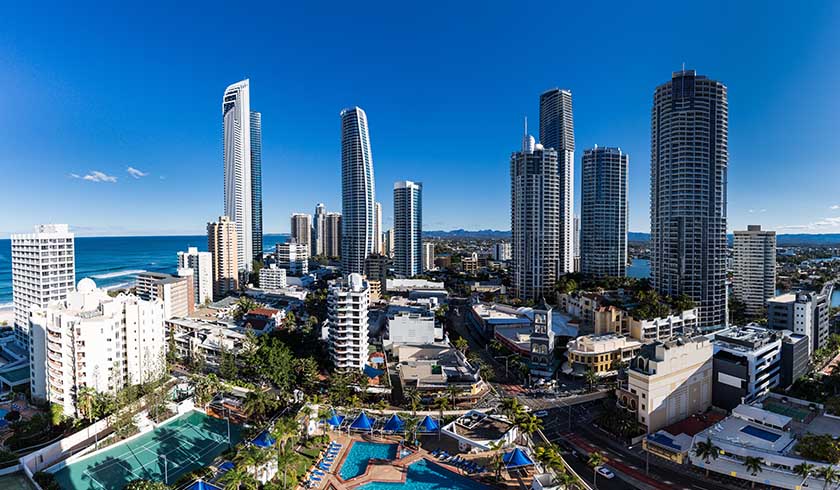Regional Australia outstrips capital cities in returns game
Regional markets have shown impressive long-term returns over 2020, in what has been a rather tumultuous year for the rest of the real estate sector.

According to the latest CoreLogic Property Pulse, the combined regional dwelling market increased 6.9 per cent over 2020, a growth rate more than three times the rate of the combined capital cities.
Further, considering 10-year annualised growth rates – what growth in an asset value would be if it had the same growth rate every year for 10 years – the report found that “secondary cities” performed just as well as, if not better than, their capital city counterparts, particularly across the eastern seaboard.
In NSW, for instance, 10-year annualised growth rates were 5.0 per cent across Illawarra, and 4.5 per cent across both the Newcastle Lake Macquarie region, and the Southern Highlands and Shoalhaven region. This compares to an average of 5.1 per cent across the Sydney sub-markets, and an average of just 2.1 per cent across the rest of regional NSW.
In Victoria, Geelong had an annualised growth rate of 4.1 per cent, which is also closer to the average of the capital cities (3.7 per cent) than the rest of regional Victoria (2.7 per cent).
Across Queensland, the Gold Coast and Sunshine Coast have seen long-term growth rates at 2.4 per cent, which aligned more closely with average increases across the capital city sub markets at 1.5 per cent. But further to this, the 10-year annualised growth rates surpassed the increases in every other capital city and regional sub-market across the sunshine state.
Growth drivers
According to CoreLogic, a major driver of the increase in dwelling values is population growth.
Across the 88 sub-markets of Australia, the Gold Coast and Sunshine Coast have seen the highest volume of net internal migration for the three years to June 2019. This means 39,770 additional residents from other parts of Australia.
“While the trend of moving from capital cities to regional Australia is nothing new, COVID-19 may have exacerbated the desirability of regional Australia.
“This may be because relatively strict restrictions were implemented across major capital cities, and remote work has been increasingly enforced as a way to combat the spread of COVID-19,” the report stated.
However, population growth is not the only factor at play.
For instance, the Illawarra region only saw 718 additional residents over the same period, but it had one of the highest annualised 10 year returns of regional Australian dwelling markets.
CoreLogic said that the proximity of major coastal centres to major cities could also be affecting the longer-term popularity of markets.
“The rise of cities within a ‘commutable distance’ to the capital cities have enabled a regional lifestyle with the benefit of maintaining access to the employment opportunity and amenity of the capitals. This combination has attracted a greater price premium over time.”
As capital cities become less affordable, more and more buyers are expected to jump into nearby coastal markets, thus putting a positive pressure on value.
Looking forward, CoreLogic suggested that regional Australian dwelling markets may continue to rise in value in 2021, thus proving that the best long-term returns are not always in capital cities.
